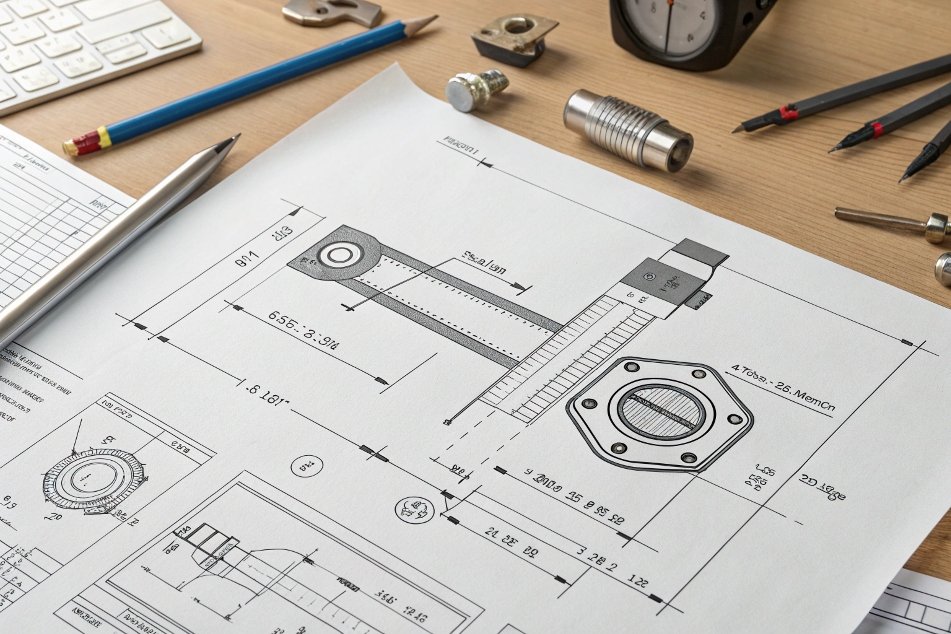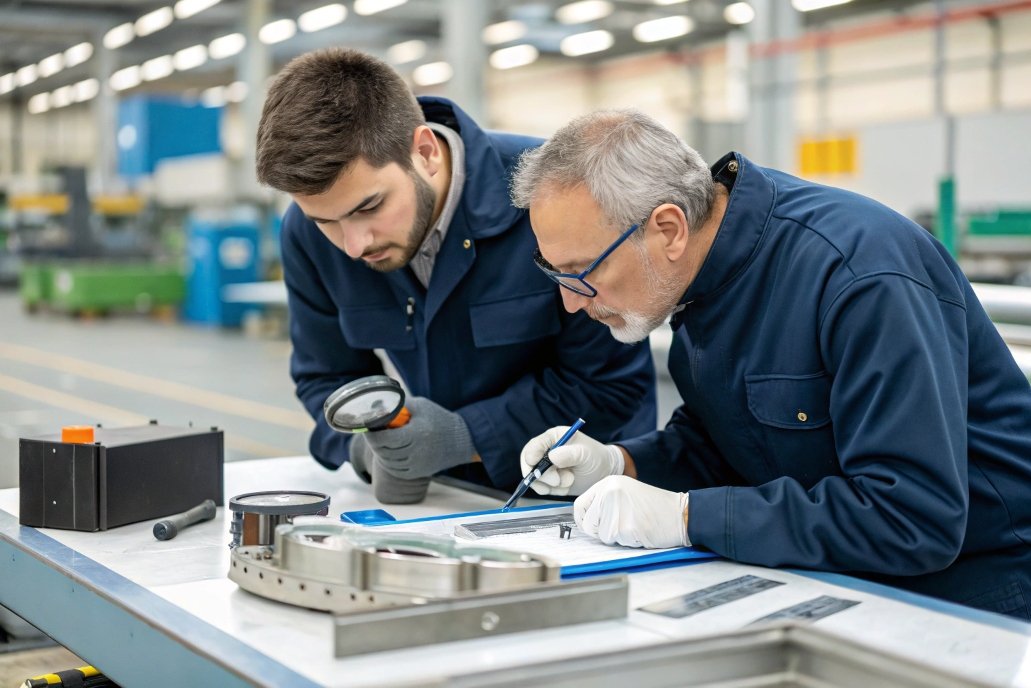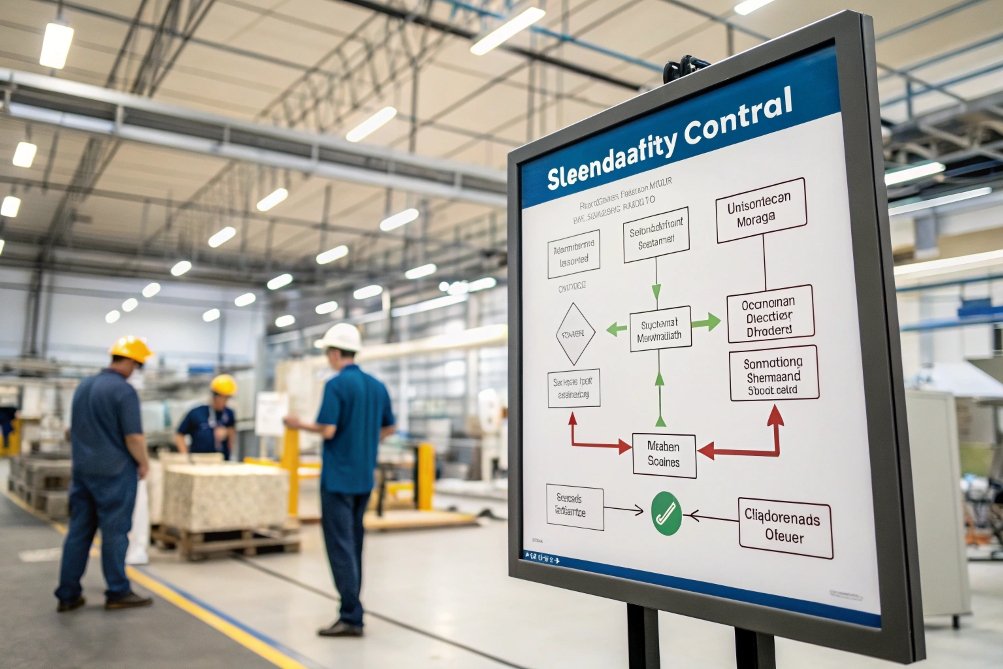
Ensuring consistency in custom parts manufacturing1 is crucial for achieving high-quality products every time. Whether you’re ordering a large volume or just a few specialized components, consistency can make or break your project. As someone who’s been sourcing custom parts for years, I know that small discrepancies in quality, size, or material can lead to costly delays and customer dissatisfaction. In this article, I’ll share practical strategies for maintaining consistency throughout the manufacturing process.
Consistency in custom parts production helps ensure that parts meet your specifications every time. By following best practices and working closely with suppliers, you can guarantee quality and reliability in your orders.
Maintaining consistency in production isn’t just about monitoring quality; it’s also about building a sustainable process that minimizes errors and delivers the same level of excellence in every batch. Let’s explore the best practices that can help ensure consistent manufacturing of your custom parts.
What Are the Best Practices for Ensuring Consistency in Custom Parts Production?

The best practices for ensuring consistency in custom parts production involve having clear standards, regular inspections, and effective communication with suppliers. These practices help prevent deviations and ensure that every batch meets your quality requirements.
Best Practices for Consistency in Custom Parts Manufacturing
| Practice | Why It’s Important |
|---|---|
| Define Clear Specifications | Clear, detailed specifications reduce the chance of misunderstanding and ensure consistency in the final product. |
| Standardize Processes | Using standardized processes2 ensures that each part is produced under the same conditions, improving consistency. |
| Regular Quality Inspections | Regular inspections at different stages of production help catch errors before they become larger issues. |
| Use Reliable Suppliers | A trusted supplier who understands your needs will help maintain consistent quality and reduce the risk of defects. |
| Continuous Training for Workers | Skilled workers who are trained in the specific needs of your production ensure consistency in every piece they produce. |
Why This Matters
I’ve found that when suppliers and manufacturers adopt standardized processes and quality controls, the result is a much more consistent product. For example, during a project where we needed thousands of identical parts, working with a supplier who followed strict specifications and quality checks ensured that there were no discrepancies between batches. By implementing these best practices, you reduce the likelihood of inconsistencies creeping into your orders.
How Can You Work with Your Supplier to Maintain Quality and Consistency?

Collaboration is key to maintaining both quality and consistency. By working closely with your supplier, you can address any issues early on, implement improvements, and ensure that your custom parts consistently meet your expectations.
How to Work with Your Supplier for Consistency
| Action | Why It’s Important |
|---|---|
| Communicate Regularly | Regular updates on production progress and potential issues help avoid surprises and ensure alignment. |
| Establish Joint Quality Control | Working together on quality control checkpoints helps identify discrepancies before parts are shipped. |
| Feedback Loops | Giving feedback on part performance or quality ensures that your supplier can adjust their processes for future orders. |
| Plan for Scaling | When scaling up production, ensure that your supplier can maintain the same level of consistency across larger orders. |
| Audit and Inspect | Perform regular factory audits and inspections to ensure that suppliers are adhering to your standards. |
Why This Matters
During a previous order, I worked closely with a supplier to ensure that all parts adhered to the exact specifications. By having frequent check-ins, we were able to catch any production issues early and quickly adjust the process. Regular communication helped us maintain consistent quality throughout the project. In my experience, suppliers who feel invested in your success are more likely to prioritize your orders and maintain consistency in every batch.
Why Should You Use Standardized Processes to Ensure Consistent Custom Parts?

Standardized processes are essential for ensuring the consistency of custom parts. By using the same set of procedures and materials for every batch, you reduce the variability that can lead to inconsistent quality.
Importance of Standardizing Processes in Custom Parts Manufacturing
| Reason | Impact on Custom Parts Consistency |
|---|---|
| Reduces Variation | Standardized processes help control factors like temperature, time, and material used, reducing variability. |
| Improves Efficiency | Standardized procedures streamline production, resulting in fewer mistakes and faster turnaround times. |
| Enhances Quality Control | Having defined processes allows you to more easily implement and monitor quality controls at every step. |
| Enables Scalability | Standardization allows for easier scaling, ensuring that quality remains consistent even with larger orders. |
| Increases Predictability | With a standard approach, you can better predict lead times, costs, and quality, which makes managing your supply chain easier. |
Why This Matters
When you standardize your processes, it’s easier to replicate success. For example, by standardizing the way we inspected parts during a recent project, we were able to catch issues early on and make corrections before production ramped up. This resulted in consistent, high-quality custom parts that met the client’s expectations every time.
Conclusion
Ensuring consistency in custom parts manufacturing requires a combination of clear specifications, standardized processes, and strong supplier relationships. By following best practices and working closely with your suppliers, you can minimize errors, reduce costs, and deliver high-quality products every time. Standardizing production methods and regular quality checks are essential steps to maintaining consistency and avoiding costly mistakes.

